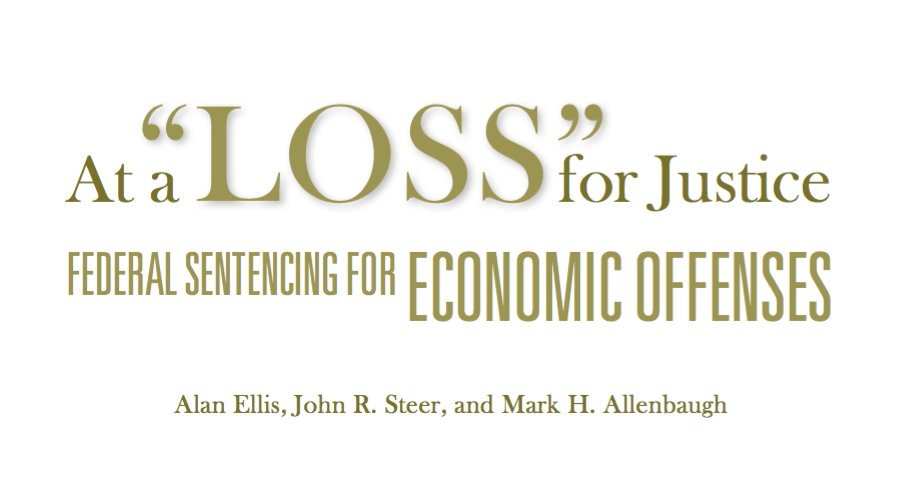By Alan Ellis, John R. Steer, and Mark H. Allenbaugh
According to the United States Sentencing Com- mission data, economic offenses—which include larceny, fraud, and nonfraud white-collar offenses—now constitute the third largest portion of the federal criminal docket, with drug offenses holding second place and immigration rst. (See US Sentencing Comm’n, Sourcebook of Federal Sentencing Statistics table. A (2009).) Such offenses can “rang[e] from large- scale corporate malfeasance, to small-scale embezzlements, to simple thefts.” (See US Sentencing Comm’n, Fifteen Years of Guidelines Sentencing: An Assessment of How Well the Federal Criminal Justice System Is Achieving the Goals of Sentencing Reform, 55 (Nov. 2004).)
Such a wide array of disparate economic offenses both in kind and degree primarily are sentenced under USSG § 2B1.1, which arguably (and perhaps necessarily) is the most complex of all the sentencing guidelines with more than 16 specific offense characteristics and cross- references, 19 application notes, and more amendments than any other guideline—40 to date, with more on the way. Currently, more than 300 federal criminal statutes are covered by this single guideline, far more than any other guideline.


